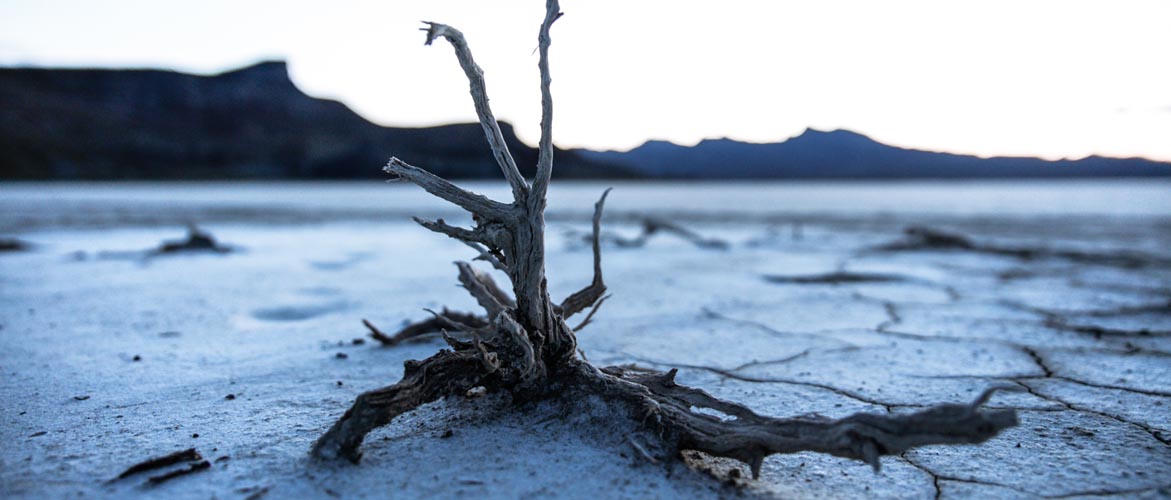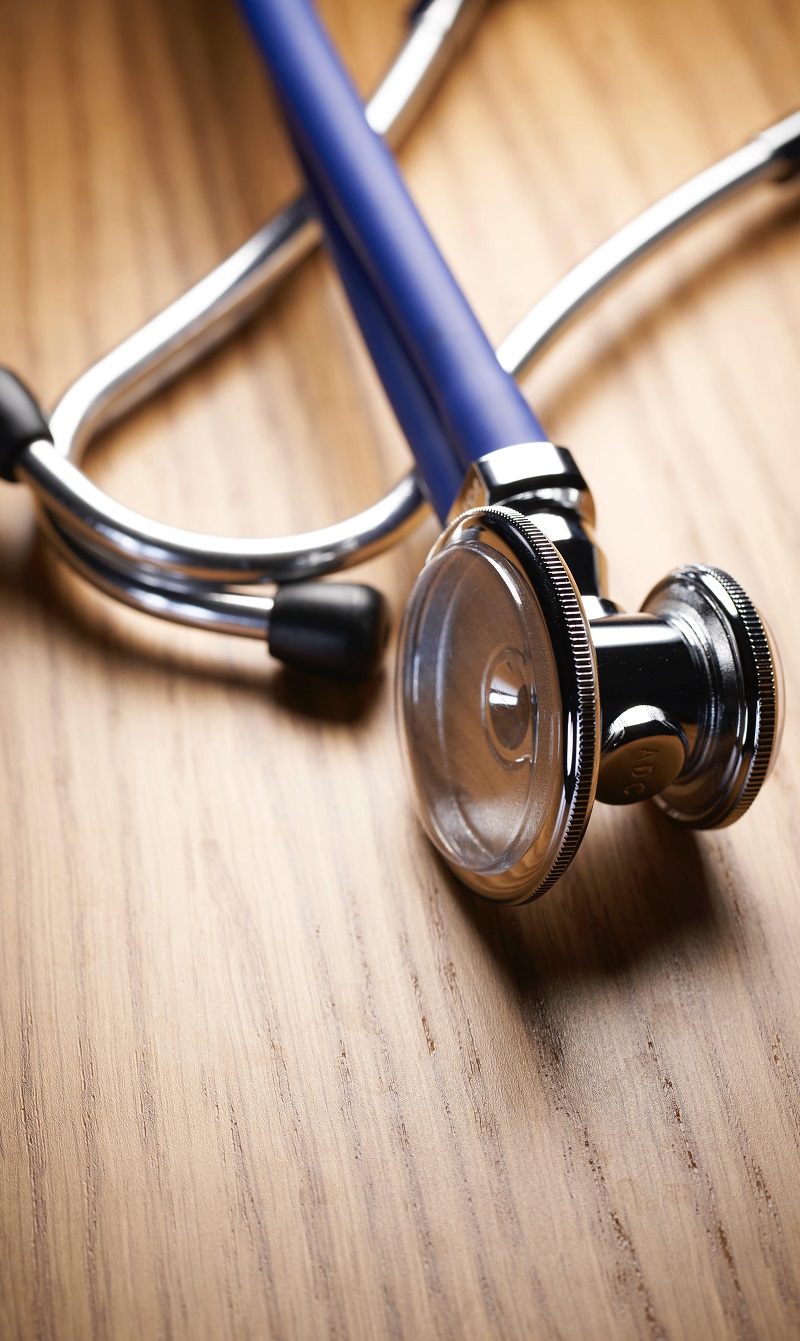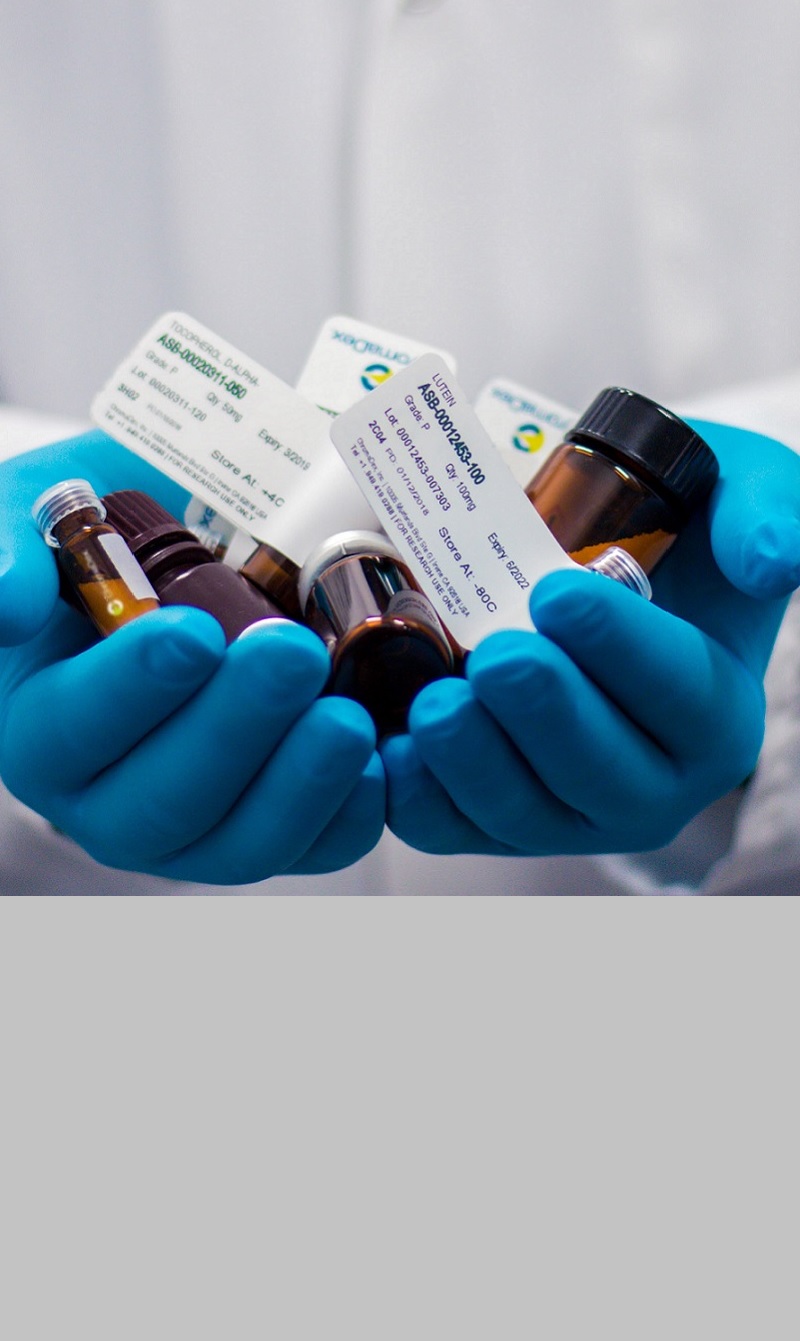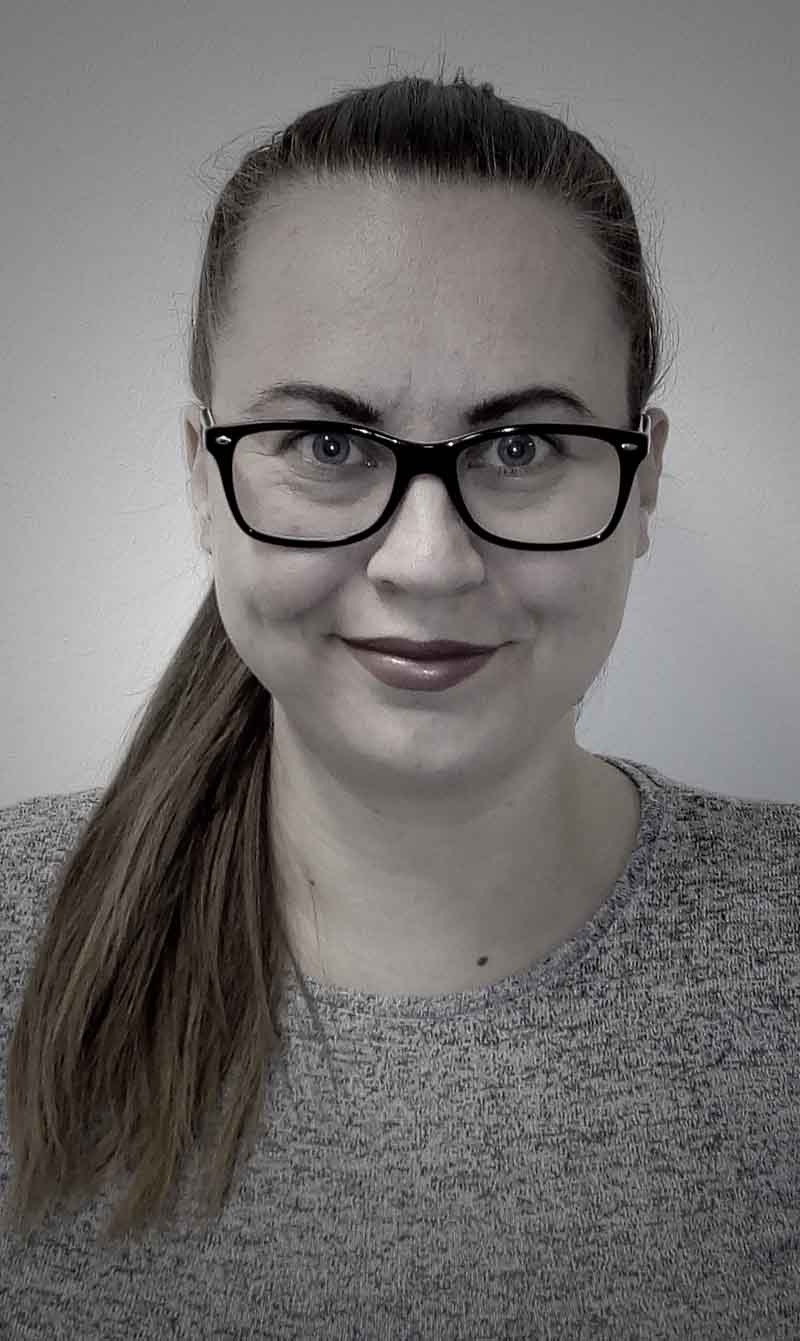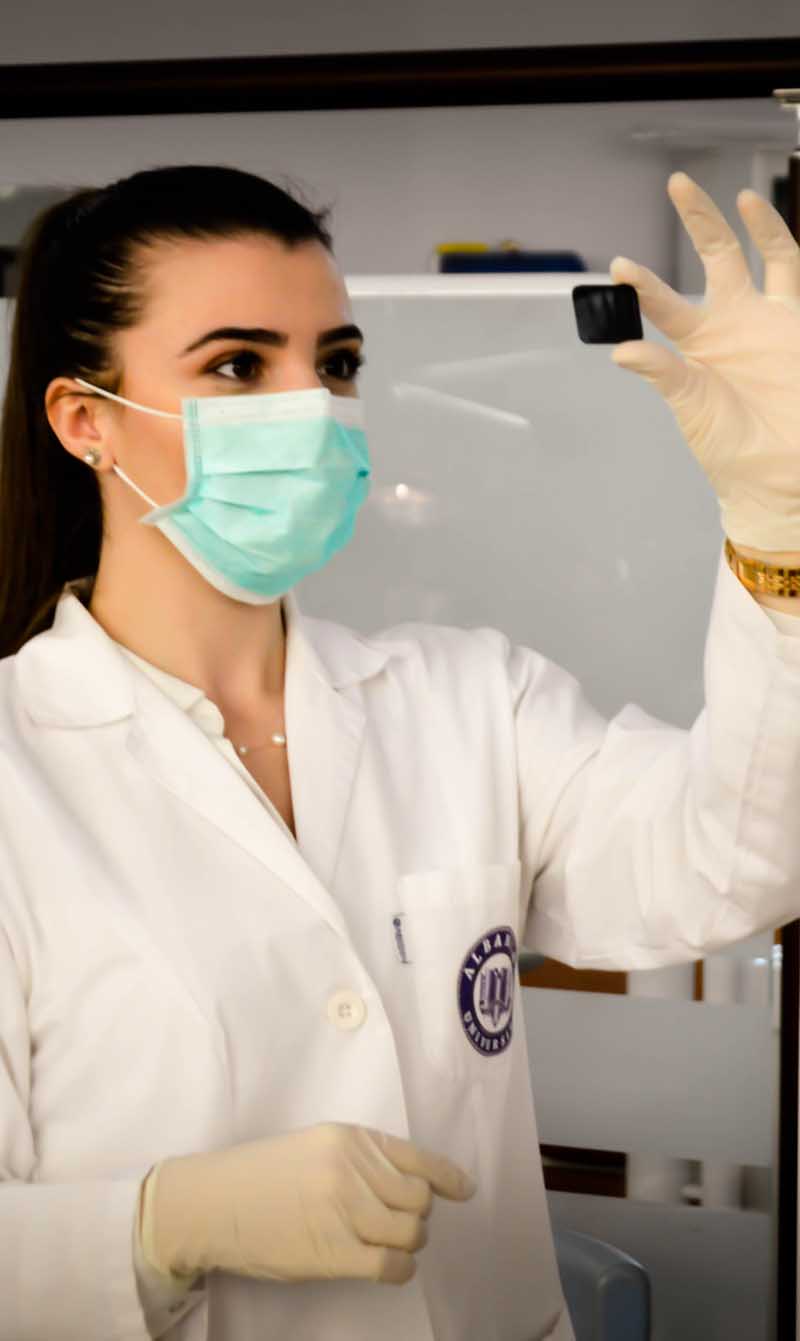Tackling water scarcity
Despite its absolute necessity, the supply of clean and safe water remains a stubborn problem for humanity—up to a billion people worldwide still lack sufficient access today. The scarcity of this vital resource may also be a cause for serious conflict in the future.
The scarcity of clean potable water is a potential trigger point for future crises worldwide. It is therefore vital to bring in cutting edge technology which is available and affordable. What are the technologies available in the market?
These systems have been able to extract safe, sterile drinking water without light, chemicals or power,
A problem for billions
The lack of access to safe water is one of the largest health crises of our time. Of the billion people worldwide who lacked access to safe water, 350 million were located in Africa alone. Each year, two million people die of water-borne diseases. The World Bank estimates that water-related illnesses kill more children under five than HIV and AIDS, malaria and measles combined.
The issue of water is not just limited to health—it also has serious implications for the economy. Water scarcity in developing countries prevents many young children, especially girls, from attending school, and the UN estimates that Sub- Saharan Africa alone loses 40 billion potential work hours per annum.
Studies have shown that investment in water can bring higher returns than other public projects such as infrastructure, transport, health or education. However, pollution and climate change along with population growth have led to increasing competition for limited supplies, and some observers estimate that conflicts over water will be more common in the near future.
Small-scale and simple solutions
Governments alone have been unable to solve the problems, but neither does the answer lie in the privatisation of water by for-pro t corporations—turning water into a commodity would further alienate the poor, and while the non-profit sector has dedicated decades of work to this issue, there has been little meaningful impact so far.
The answer lies in implementing simple low-cost community and household water solutions that bypass large, multi-billion dollar projects. It was estimated that to do this in Liberia, for example, would cost USD40 million. In a country of four million people, this meant just USD10 per head to solve the entire country’s water crisis.
However, there is no one-size-fits-all answer for every country or community.
Solutions built on existing resources tend to be the most effective and sustainable. Making use of materials and locally-available resources as well as collaborating with local governments and NGOs were also steps that helped drive solutions forward.
A wide range of cost-effective, manageable and innovative solutions do exist. For example, hand-dug wells found in Liberia where water tables are quite shallow; as well as rainwater catchments, where gutters on rooftops direct the flow of rainfall into a tank. For these to be truly effective they must be appropriate to a particular community’s needs and conform to existing unique environmental, ethical, cultural, social and economic backdrops.
The consumer as the answer
One approach lies in looking at the problem from the microeconomic viewpoint. An example is LifeSaver, a company that manufactures products that include water containers with built-in filtration systems that are effective against bacteria and viruses.
These systems have been able to extract safe, sterile drinking water without light, chemicals or power, and have been used to great effect around the world through partnerships with non-governmental organisations as well as government agencies. The systems have had particular success in the Philippines, Malaysia and Columbia.
LifeSaver products have helped to provide clean water for many households and especially so in times of disaster. Working with partners like Oxfam, these filter systems have changed lives. Its success stories include the company’s work in Malaysia where, in collaboration with the Malaysian Government, LifeSaver systems delivered water security to over a million people on the island of Borneo. The company registered more success in Columbia, where its programme reduced doctor’s visits and medical bills by 90 per cent while nutritional input and disposable incomes increased by 25 per cent and 90 per cent respectively.
As these systems were small and affordable, it is possible that in the future, consumers will be able to purchase their own water security products as they became available, rather like light bulbs and mobile phones. In 18 months, LifeSaver in Columbia saw 90 per cent less doctor visits and medical bills, over 90 per cent had disposable income, and 25 per cent saw an increase in their nutritional input.
For a glimpse of what a transition to a green economy can look like, join the WIEF Roundtable discussion on Thursday, 5 Oct 2017 at Hotel Le Méridien, Jakarta, Indonesia. Free registration and more info here.
___________________
This is based on a session from the 10th WIEF in 2014.
Photo credit:
Patrick Hendry
